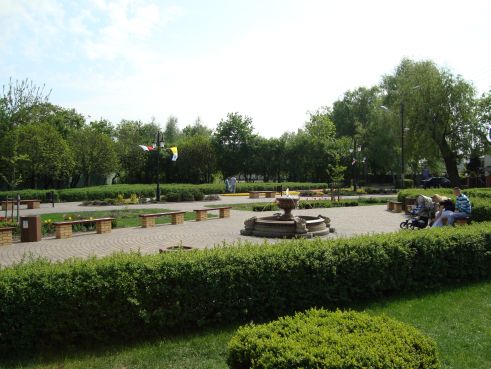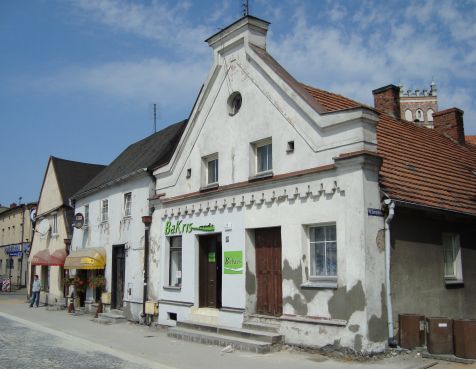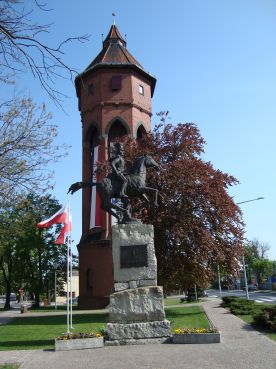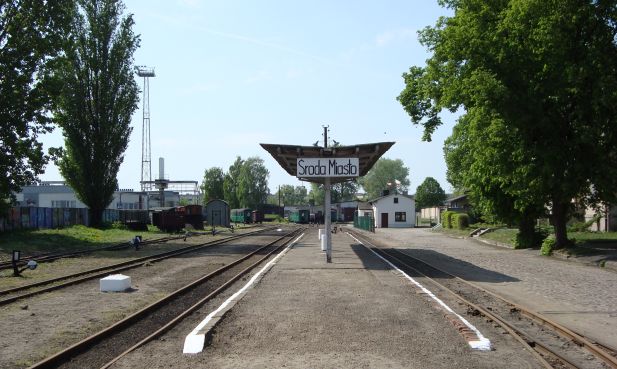
ŚRODA WIELKOPOLSKA
A county town situated on the Moskawa river, in the Wrzesińska (Września) Plain, ca. 40 km south-west of Poznań. The town has assumed its name after the weekday’s name – Wednesday (środa in Polish) being the market day in the Middle Ages.
History
The town was located (founded) in 13th century, probably in 1261, under the Magdeburg law. In the fifteenth century, Środa was one of the largest and richest Wielkopolska urban hubs. It owed its development to a trade-related character of the site and the crafts. From 1454 onwards, the town was a scene of nobility sejmik (regional council) assemblies to which the town owed its non-deteriorated affluence standard, despite the wartime turmoil of the latter half of 17th century.
In the course of the Spring of Nations events (1848), a large insurgent troop was set up there, under the command of Colonel Augustyn Brzeżański (1789–1855). After the Partitions and a short episode of the Duchy of Warsaw, dissolved soon after its constitution (1807–1815), the town returned to Poland only resulting from the Wielkopolska Uprising events (1918–1919). In the twenty-year period between the two World Wars, Środa acted as a trading hub for its agricultural region. The Nazi occupation years were ended as of 11th February 1945 as the Soviet troops of 1st Byelorussian Front liberated the city.
The adjective Wielkopolska was added to the name of Środa in 1967 in order to render this entity different from Środa-Śląska in Silesia. At present, Środa-Wielkopolska is an industrial and services hub.
Worth Seeing
Środa’s most important monument is the late-gothic Collegiate Church of Our Lady Assumed into Heaven of ca. 1423–1428, rebuilt in the late 15th century. During three centuries of the modern age, nobility sejmik (regional council) assemblies were held there for Kalisz and Poznań Voivodeships (Provinces). The temple’s outfit is valuable, just to mention the Madonna with the Infant by Italian painter Catharini, on which painting the little Jesus passes a flower to His Mother.
Poland’s first equestrian monument to General Jan Henryk Dąbrowski is worth mentioning here. Authored by Robert Sobociński, the monument was unveiled in 1997 on the 200th anniversary of the Polish national anthem.
For more information, go to:
www.sroda.wlkp.pl/en








